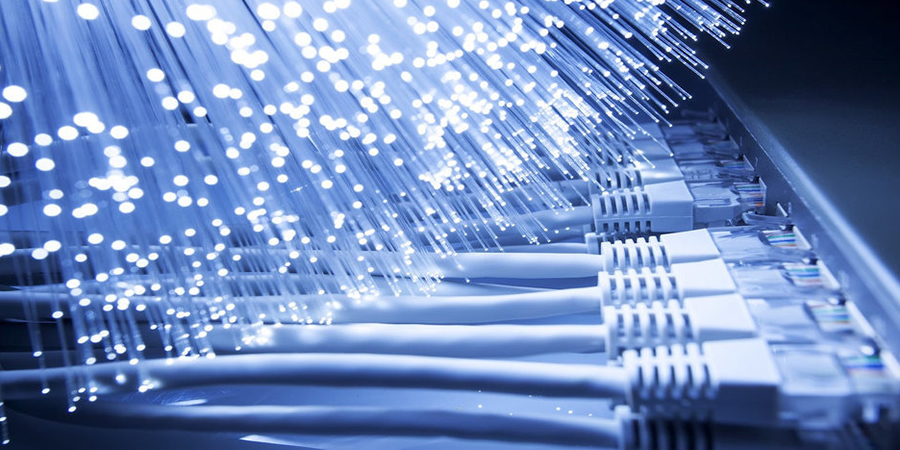Open access fiber has been gaining greater ground over the past couple of years as countries across the world are beginning to notice the many advantages that it enables.
It is widely deployed in Europe, is gaining attention again in the US, and is becoming more of a reality in the GCC region.
An open-access network is essentially a specialized and focused business model in which a single network is shared to give the end-user a high-performing network. This helps network infrastructure providers avoid conflicts of interest and also incentivizes them to roll out fiber much quicker.
Governments and municipalities across the world are beginning to explore the feasibility of this as it is one of the best and more efficient ways to connect rural areas where service providers might find it difficult to generate enough revenue to invest.
The open-access model enables service providers to reach subscribers without having to deploy an entirely new fiber access network themselves. It is all about digital connectivity.
However, while the advantages of open-access fibers are many, it still comes with its challenges and a certain degree of complexity.
Macroeconomic benefits
Investing in open-access fiber is a proven game-changer for any given ecosystem. In fact, according to Arthur D Little, investing in open access fiber could benefit the economy, end-users, investors, and operators by enabling: “macroeconomic benefit to the country, higher valuations/returns to shareholders, better efficiency and commercialization success to operators and gigabit speeds at affordable prices.”
The Arthur D Little report titled ‘Open access fiber: New investment opportunities opening up for gigabit broadband in Europe’ noted that, “Open access fiber pushes fiber coverage across the whole country above 80 percent. Especially in a market where ultra-high-speed broadband penetration has been stagnating for many years below 20 percent (e.g. in Italy and Germany), the impact of open access fiber is significant.”
Indeed, fiber is essential for the future of 5G as it will fast-track digitalization within the market.
If we have learned anything throughout this pandemic it is that high-speed broadband is no longer a luxury, but a necessity. Open-access fiber will ensure this, especially for rural areas that may have suffered throughout the pandemic as more and more people moved to work from home.
Funding relief for telcos
With regards to investment, this will be extremely beneficial for the telecoms sector as open-access fiber would attract new investments from traditionally non-telecom players. The Arthur D little report cited that “up to 80 percent funding can be obtained from such third-party non-telco entities.” This would ensure that fresh capital is being injected into the industry and the given country’s economy and ecosystem whilst also providing the telecoms industry with much-needed funding relief.
Higher enterprise valuation
“Open access fiber companies have demonstrated higher valuations versus traditional telco players- sometimes recent transactions have been estimated as high as 10-25x EBITDA versus 5-8x for traditional Telcos,” the report also cited.
These companies have also shown tremendous value creations in terms of enterprise value increase. According to the aforementioned report, open-access fiber entities increased within the last five years, some cases of which the valuation increased to almost 10x, compared to the enterprise value decrease of some of Europe’s largest Telcos.
Network democratization
Network democratization enables more affordable prices. In Singapore and Italy, markets within which open-access fiber is very prominent, gigabit-speed packages are considered the base packages which are offered at very affordable prices.
In markets with operators that deal with fiber exclusively, such as the UAE and Qatar, gigabit broadband is considered premium and are priced at a much higher rate. This is due to the lack of democratization and availability of open-access fiber.
Open-access fiber gives the end-user high-speed internet access at an affordable price.
Better end-user experience
Fiber-based broadband, without a doubt, ensures a better customer experience for the end-user. Aside from the ultra-high-speeds, they increase the actual quality of services in the way that it provides the telco with an opportunity to up-sell new partner content. Partner content in this case could include streaming services, TV bundles, or other OTT content, which would be beneficial for both sides of the equation.










